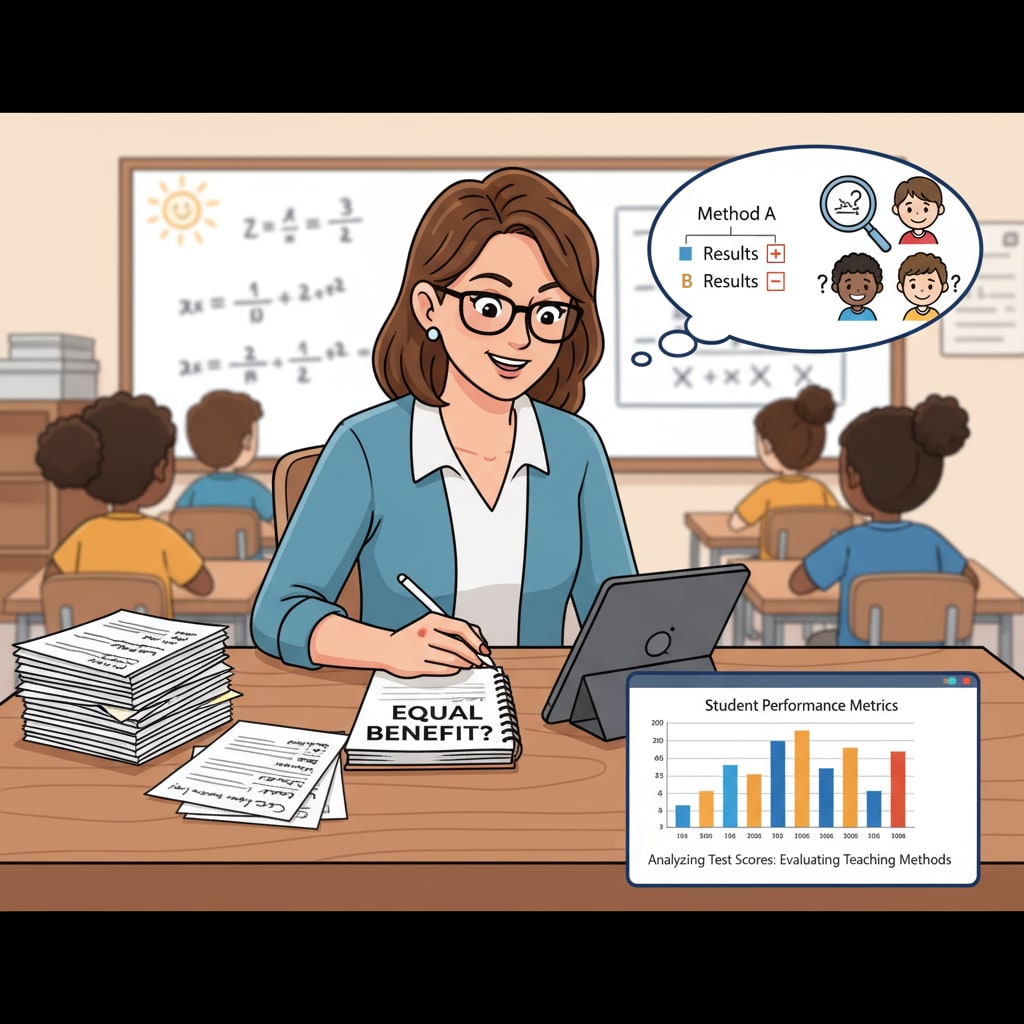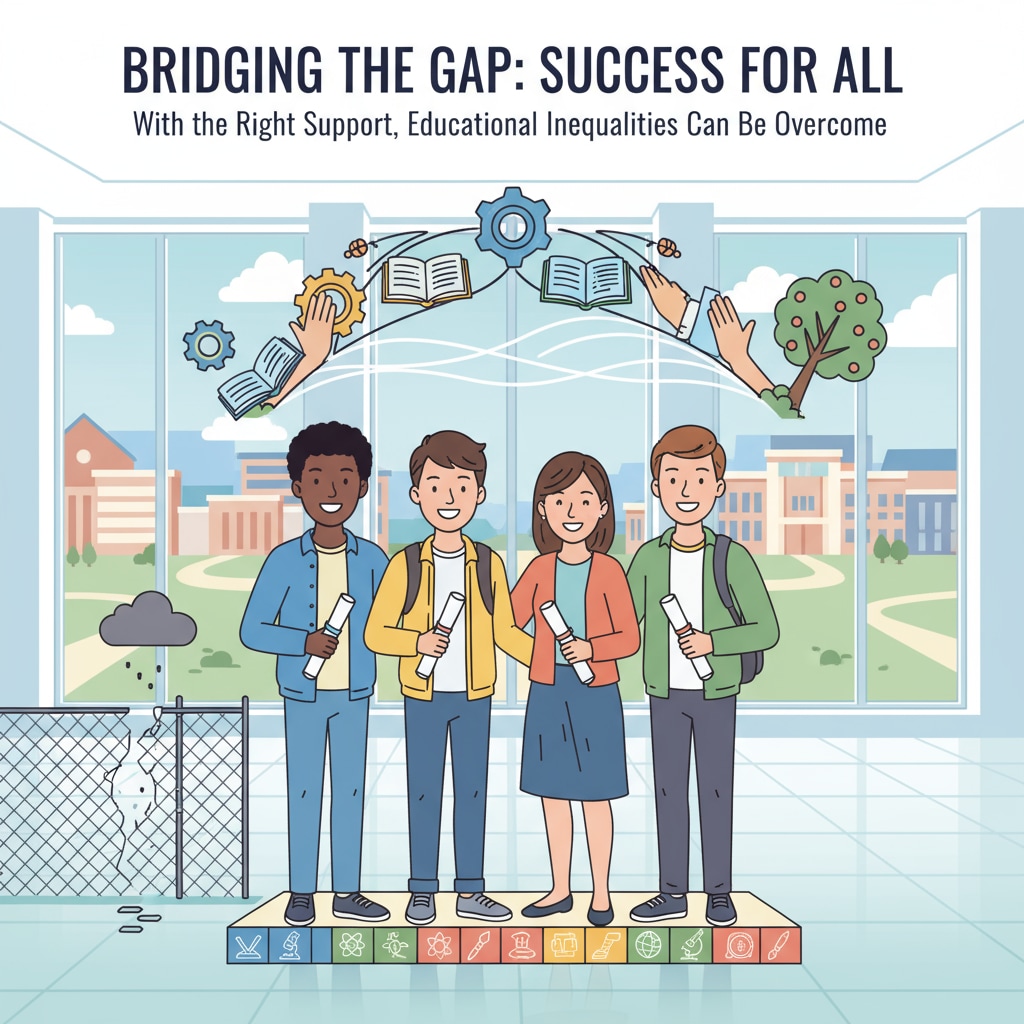Research, evaluation, social inequality, and education are intertwined aspects that significantly impact the development of students, especially within the K12 education framework. In the quest for a more just and equal society, understanding how research and evaluation function in the educational sphere is crucial. These two processes serve as powerful tools to identify and rectify the existing disparities in K12 education, ultimately striving for a more equitable educational landscape.

The Professional Definitions of Research and Evaluation in Education
Research in education is a systematic process of inquiry aimed at generating new knowledge, validating existing theories, or exploring educational phenomena. It involves formulating research questions, collecting and analyzing data, and drawing conclusions. For example, a researcher might investigate the impact of a new teaching method on student performance. This could involve comparing the academic achievements of students taught using the new method with those using traditional approaches. As defined by American Psychological Association’s educational research guidelines, educational research should be rigorous, objective, and contribute to the improvement of educational practice.
On the other hand, evaluation in education is the process of assessing the value, effectiveness, or worth of an educational program, policy, or practice. It focuses on determining whether the intended goals are being met and what can be done to enhance the outcome. For instance, an evaluation of a school’s after-school tutoring program would examine factors such as student attendance, academic improvement, and student satisfaction. According to The American Evaluation Association, evaluation helps in making informed decisions about resource allocation, program improvement, and accountability.

The Role of Research and Evaluation in Identifying Educational Inequalities
Research plays a pivotal role in uncovering the underlying causes and manifestations of social inequality in education. Through in-depth studies, researchers can identify disparities in access to educational resources, such as quality textbooks, well-equipped classrooms, and qualified teachers. For example, research might reveal that students from low-income families are more likely to attend schools with fewer resources, which can significantly impact their learning opportunities. This knowledge is essential for policymakers to develop targeted interventions.
Evaluation, meanwhile, helps in quantifying the extent of these inequalities. By comparing the performance of different student groups on standardized tests, graduation rates, or college enrollment rates, evaluators can clearly see the gaps between advantaged and disadvantaged students. For example, an evaluation might show that students from ethnic minority groups have lower graduation rates compared to their white counterparts. This data-driven approach provides a solid foundation for implementing evidence-based strategies to address these inequalities.
Readability guidance: As seen above, both research and evaluation have distinct yet complementary roles in the educational context. They are essential for understanding the complex nature of social inequality in education and for formulating effective solutions. By using short paragraphs and clear explanations, we can better convey these concepts. Also, incorporating transition words like ‘meanwhile’ helps in smoothly moving from one idea to another.
How Research and Evaluation Work Together to Eliminate Educational Inequalities
Research and evaluation work in tandem to create a cycle of improvement in addressing educational inequalities. Research provides the theoretical basis and generates hypotheses about the root causes of inequality. For example, research might suggest that cultural biases in curriculum materials contribute to underrepresentation of certain groups. Evaluation then tests these hypotheses by collecting and analyzing data from real-world educational settings.
This feedback loop allows for continuous refinement of educational policies and practices. If an evaluation shows that a particular intervention aimed at reducing inequality is not effective, research can be used to explore alternative approaches. This iterative process helps in ensuring that resources are allocated more efficiently and that educational programs are better tailored to the needs of all students, regardless of their social background.
To conclude, research and evaluation are not just academic exercises but are integral to building a more equitable K12 education system. By clearly defining their roles and leveraging their synergy, we can make significant strides in identifying and eliminating social inequality in education, ultimately providing every student with an equal opportunity to succeed.



